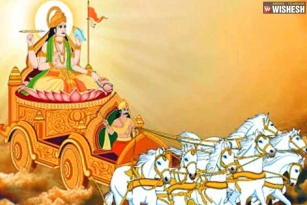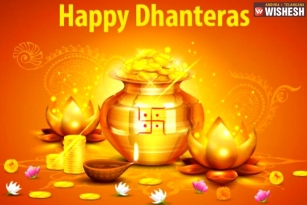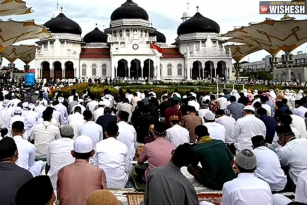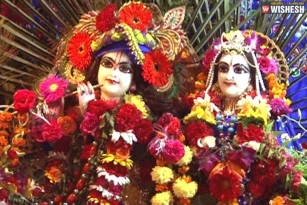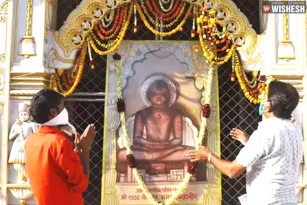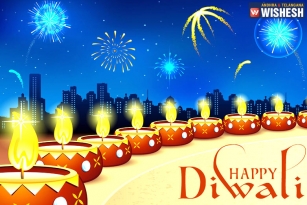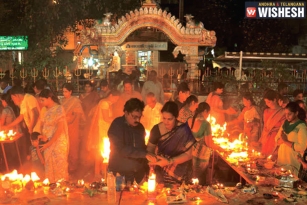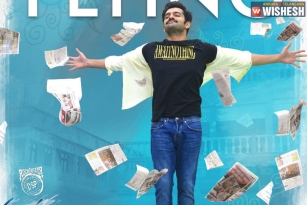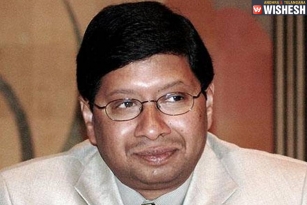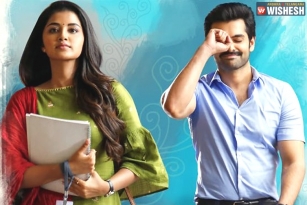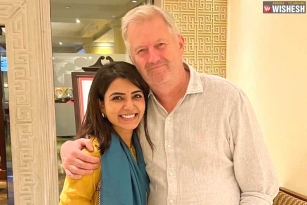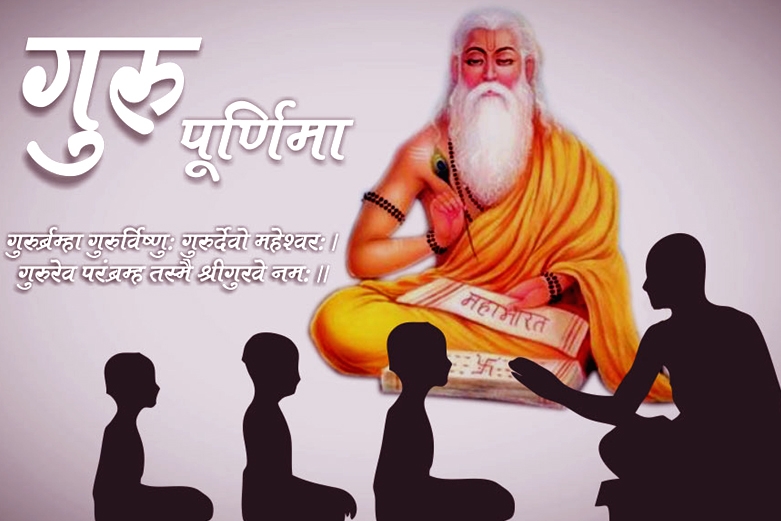
The full moon day in the month of Ashadha (June-July) is celebrated as Guru Poornima. The day is to honor the ancient lineage of enlightened beings who have graced the world with their presence, imparting the knowledge of the “Self.” The word “Guru” in Sanskrit is translated as “dispeller of darkness.” The Guru dispels the darkness of ignorance and leads the seekers on to the path of enlightenment. Guru is one who removes the darkness of our ignorance. Guru Poornima is the day in which the first guru was born.
Gurus are often equated with God and always regarded as a link between the individual and the Immortal. Just as the moon shines by reflecting the light of the sun and glorifies it, all disciples can dazzle like the moon by gaining the light of knowledge from their Gurus.
Guru gives height of awareness and makes you alive. Guru gives intelligence, an awakened intelligence. In Gurupunima you remember all gurus of the past. Assess what lessons you have learned and how you are growing in knowledge. It’s reviewing yourself in knowledge. Mother gives the first birth to a child. Second birth is through the teacher. Teacher delivers you the knowledge and skill.
Who is a ‘Guru’?
The Brahmanda Puran says: - "Guru is Shiva sans his three eyes, Vishnu sans his four arms, Brahma sans his four heads. He is parama Shiva himself in human form"
How to worship Guru?
Gurur-Brahmaa Gurur-Vissnnur-Gururdevo Maheshvarah |
Guru-sakshat Param Brahma Tasmai Shrii-Gurave Namah ||1||
Meaning of words:
Gurur-Brahmaa: The Guru is Lord Brahma
Gurur-Vishnnur-Gurur-Devo: The Guru is Vishnu, The Guru Deva is
Maheshvarah: Maheswara [Shiva]
Guru- sakshat: The Guru is Verily
Param: Supreme
Brahma: Brahman, the Absolute Consciousness
Tasmai: To Him
Shrii-Gurave: To Sri Guru
Namah: Salutations, Obeisance
Meaning of the verse
The Guru is Brahma, the Guru is Vishnu, the Guru Deva is Maheswara (Shiva), the Guru is Verily the Para-Brahman (Supreme Brahman), Salutations to that Guru.
The festival of Guru Poornima is traditionally celebrated by Hindus, Jains and Buddhists and pay their respects to their teachers and express their gratitude. This festival has a great importance for Indian academics and scholars. Indian academics celebrate this day by thanking their teachers as well as remembering past teachers and scholars.
Hindus celebrate the day in honor of the great sage Vyasa, who is seen as one of the greatest gurus in ancient Hindu traditions and a symbol of the Guru-shishya tradition. Vyasa was believed to have started writing the Brahma Sutras on ashadha sudha padyami.
Guru Poornima is one of the most important festivals celebrated in the nation. People celebrated it irrespective of caste or creed because in this country, the most important thing was not wealth or money but ‘Knowledge’. Knowledge or knowing is considered pious with the highest value. A teacher or guru is considered as the highest entity in the society, because knowledge is more important than everything.
Guru is a spiritual teacher leading the disciple on the path of "god-realization". The Vishnu Smriti and Manu Smriti regards the Acharya or Guru (teacher), along with the mother and the father as the most venerable gurus of an individual. “Matha, Pitha, Guru, Daivam” means First Mother, then Father, then Guru and then God is to be worshipped for the prosperity and success in life. According to Deval Smriti there can be eleven kinds of gurus and according to Nama Chintamani ten. According to his functions he is categorized as rishi, acharya, upadhya, kulapati or mantravetta.
Mundak Upanishad says to realize the supreme godhead, holding samidha grass in his hands one should surrender himself before the guru who knows the secrets of Vedas. Kathopanishad speaks regarding the guru as the preceptor, who alone can guide the disciple on the spiritual path.
Apart from spiritual works Guru’s sphere of instruction includes the subjects like Dhanurvidya (archery), Arthashastra (economics) and even Natyashastra (dramatics) and Kamashastra (sexology). All pervading intellect of the ancient Acharyas had perpetuated even shastra like thievery. Shudraka's celebrated play Mricchakatikam tells the story of Acharya Kanakashakti who formulated the Chaurya Shastra or the science of thievery, which was further developed by the gurus like Brahmanyadeva, Devavrata and Bhaskarnandin.
The great urban universities at Takshashila, Vikramashila and Nalanda has been essentially evolved from tiny gurukulas tucked away in deep woods. Chinese travellers who visited Nalanda at that time, records that there were more than 1,500 teachers teaching various subjects to more than 10,000 students and monks.
There are many popular legends regarding Guru – Sishya relationships. The most popular legend is that of the amazing young tribal boy Ekalavya on being rejected by the ace trainer Dronacharya, raised the statue of Dronacharya whom he considered as his guru and with great dedication practiced the art of archery and left behind Arjuna, the master archer, who actually learnt the art under the living guru. In the Chandogya Upanishad, there is an aspiring disciple Satyakama, who refuses to tell lies about his caste in order to get an admission in the Gurukula of Acharya Haridrumat Gautam. In the Mahabharata we come across Karna, who did not bat an eyelid while telling Parashurama that he belonged to the Bhrigu Brahmin caste just to obtain the Brahmastra, the supreme weapon.
For centuries, the institution of the guru has evolved various basic tenets of Indian culture and transmitted spiritual and fundamental knowledge. Gurus formed the axis of the ancient educational system and ancient society and enriched with various fields of learning and culture by their creative thinking. There lies the lasting significance of the gurus and their contribution towards the upliftment of mankind.
If one looks into his inner consciousness, it can be found that life is also a guru. From the time of birth, to till date we have learned many things while living. Life has taught us many things knowingly or unknowingly. Hence, it is much required to consider life as a guru and pay obeisance to our life for whatever good and bad has happened in the life. The difficulties and bad have given us the courage and knowledge to move forward in our lives.
Guru Purnima is the day you reflect on your life and honor the wisdom that life has offered. When you see how wisdom has transformed your life, you feel grateful for all that has come your way. Wisdom is there in each and every one of us, but we must throw light on our life, because when we throw light on our life, wisdom dawns.
Guru purnima is the day to feel grateful for the great knowledge you have received from your master. It is time to review how much knowledge you could ingrain in your life. This may bring a realization for scope of improvement which will bring humility in you. You have to be grateful for the way this knowledge has transformed you. If you cannot see any change, then you haven’t had a good look into yourself. Gratitude and humility together blossom a genuine prayer inside you! Guru is a tatva - an element, a quality inside you. It is not limited to a body or a form.
Life is an ocean of love. Flow the lamp of knowledge in it. The ego that comes out of truth and knowledge is dangerous. Sense of righteousness makes you hard.
By Premji


